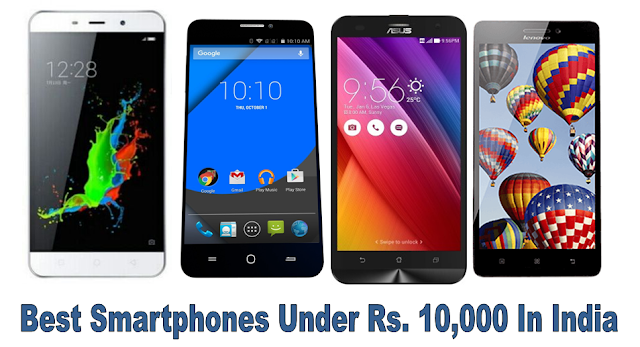Samsung Galaxy S9 vs iPhone X: Which high-end phone is the best?
Samsung Galaxy S9 vs iPhone X: Which high-end phone is the best?
Now that we’ve fully reviewed the Samsung Galaxy S9, you’re probably wondering how it compares to Apple’s iPhone X juggernaut, which launched at the tail end of 2017.
Samsung and Apple have long been battling it out in the smartphone world, with Samsung’s devices often offering the best Android-powered alternatives to Apple’s iPhone. As the two giants come to blows, it’s meant that both companies now offer fantastic specs and performance from their respective smartphones.
But which one is best for you, and how do they differ? Let us delve into the finer details.
iPhone X
|
Galaxy S9
| |
Screen
|
5.8-inch OLED
|
5.8-inch Super AMOLED
|
Display
|
2436 x 1125 (458ppi)
|
2960 x 1440 (570ppi)
|
Aspect ratio
|
16:9
|
18.5:9
|
Rear camera
|
12-megapixel wide-angle, f/1.8, OIS | 12-megapixel telephoto, f/2.4, OIS
|
12-megapixel, f/1.5-f/2.4 variable aperture, OIS
|
Front camera
|
7-megapixel f/2.2
|
8-megapixel f/1.7
|
Chipset
|
Apple A11 Bionic
|
Qualcomm Snapdragon 845 or Samsung Exynos 9810
|
RAM
|
3GB
|
4GB
|
Storage
|
64/256GB
|
64GB/256GB
|
Battery
|
Not stated
|
3000mAh
|
Waterproof?
|
IP67
|
IP68
|
Fingerprint scanner?
|
No
|
Yes
|
Face/Iris scanner?
|
Yes/No
|
Yes/Yes
|
Headphone jack?
|
No
|
Yes
|
Data port
|
Lightning
|
USB-C
|
Wireless charging?
|
Qi
|
Qi/PMA
|
MicroSD slot?
|
No
|
SDXC up to 400GB
|
Weight
|
174g
|
163g
|
Samsung Galaxy S9 vs iPhone X design and screen – What’s the difference?
Now that Apple has embraced a bezel-less design on the iPhone X, it’s beginning to sport a look that’s far more similar to its Android rival. After all, we’ve been seeing ever-thinner bezels on Android phones for what feels like an age now.
It all started with the Galaxy S8, and with Samsung having made few changes with the Galaxy S9, those similarities remain. On the Galaxy S9, Samsung has shaved off even more of the bezel, making the top and bottom of even thinner. Some bezel remains at the top to house the cameras and sensors.
Apple’s approach is slightly different, and somewhat more contentious. Its screen goes right to the edge of the phone’s top frame, but there’s a cutout area – or ‘notch’, as it’s colloquially known – for the camera and sensors. Samsung famously mocked this design choice in comedic videos last year. ‘Notches’ are becoming more common among Android phones, but we’re happy to see that Samsung hasn’t followed suit.
The fingerprint scanner on the Galaxy S9 sits below the camera on the rear. It’s better placed, but remains fiddly to use and is very small. The Galaxy S9 also includes face and iris unlock as a rival to Apple’s clever Face ID sign-in system. Apple’s Face ID offers the more complete solution – you can’t use your irises for Google Play payments, for example – but of course there’s no Touch ID sensor anymore.
You can buy both the phones directly from amazon.com for best price & services. Here is the link below-
Apple Iphone X
Apple iPhone X (Space Grey, 64GB)
Apple iPhone X (Silver, 256GB)
Apple iPhone X (Space Grey, 256GB) Apple iPhone X (Silver, 64GB)
Apple iPhone X (Silver, 64GB)
Samsung S9
Apple Iphone X
Apple iPhone X (Space Grey, 64GB)
Apple iPhone X (Silver, 256GB)
Apple iPhone X (Space Grey, 256GB)
Samsung S9
Samsung Galaxy S9 (64 GB, 4 GB RAM) (Midnight Black)
Samsung Galaxy Note 8 (Midnight Black)
Samsung Galaxy S9 (coral blue, 64 GB) (4 GB RAM)




Comments
Post a Comment